The CGM (Curly Girl Method), which became hugely popular a few years ago, encouraged more and more women to stop straightening their natural curls and taught them how to care for their hair "the right way." But as more people embraced their curly hair, the method became tangled in myths - and even extreme. I’d like to share my thoughts on this well-meaning but not entirely scientific approach to curly hair care. While the CGM was created with good intentions, it's not always grounded in science - and in some cases, it may even cause harm.
The book “Curly Girl Handbook”, which laid the foundation for CGM, was first published in 1991. At the time, it was revolutionary - there was almost no information available on how to care for curly hair. But the book has only been updated once since, and many of its principles are now outdated or even a bit questionable. Let’s take a look at some of the key rules.

CGM Rule #1 - Don’t use shampoo. Wash only with gentle, non-foaming cleansers or conditioner to avoid drying out curly hair. Back in 1991, most shampoos were harsh and drying, so this advice made sense then. But today, we have plenty of gentle, sulfate-free shampoos that cleanse without stripping your hair. Curly hair still needs to be washed thoroughly, especially if you use leave-in products. If you don’t cleanse properly, dirt and product buildup can clog your scalp and even lead to hair loss. There are plenty of online accounts of people who’ve experienced itchy skin, inflammation, or a loss of curl pattern due to CGM practices. In my work, I’ve often seen yellowish buildup on the scalp, especially among clients strictly following CGM. A healthy scalp is essential for healthy hair. Think of your scalp like soil: if it’s clogged and dirty, nothing will grow well.

CGM Rule No. 2 - A Strict “No” to Everything on the Banned Ingredients List (Silicones, Sulfates, Waxes, Drying Alcohols, etc.)
There is no scientific evidence that these ingredients are “bad” for curly hair. A product’s suitability depends not on a single ingredient but on the entire formula and how the ingredients interact with each other. For example, alcohol in shampoos is highly diluted with water, so it doesn’t dry out the hair and evaporates very quickly. The method bans silicones because of their emollient property to build up on hair. Ironically, many oils and butters allowed by the method have the exact same property. I often see this kind of build-up in clients who use products that are too heavy for their hair, but are considered “CGM approved,” such as Cantu, As I Am, or Shea Moisture - even though these can be too heavy even for afro-textured hair. Personally, I avoid silicones and sulfates only because most of my favorite products don’t contain them anyway - but hair definitely doesn’t fall out from using them. If you find out that your stylist used a product with silicones, there’s no need to rush home and wash your hair with Fairy dishwashing liquid (yes, these are real stories from women who believe dish detergents are better than the CGM-despised and banned silicones).
CGM Rule No. 3 - No Combs Allowed; You Can Only Detangle with Your Fingers
I’ve seen very few curly-haired people who can fully detangle their hair with just fingers. Without combing, hair can start to tangle badly and form mats. Moreover, combs can actually be a helpful tool for defining curls. Yes, frequent comb use can weaken the hair, so the safest option is to detangle curly hair while wet, using a mask or conditioner as a barrier to prevent damage. Wavy hair can also be combed while dry.
CGM can be a great starting point if you’ve been straightening your hair for years and have no idea how to take care of it. But in my opinion, it’s too complicated and not necessary to have healthy curls. I myself stopped straightening my hair thanks to CGM, but most of the “CGM transformations” you see happen not because silicones were eliminated, but simply because people stopped damaging their curls with heat and learned how to style them.
So, remember - CGM is not a religion. Don’t overcomplicate things and find the right balance of products. All gels and creams are just like makeup for curls - they aren’t essential for everyday use, but if you do use them, they should be thoroughly washed out during the week.
Find what works for your hair, your needs, and your lifestyle. I’ve never seen two identical curls - every head of hair is unique!

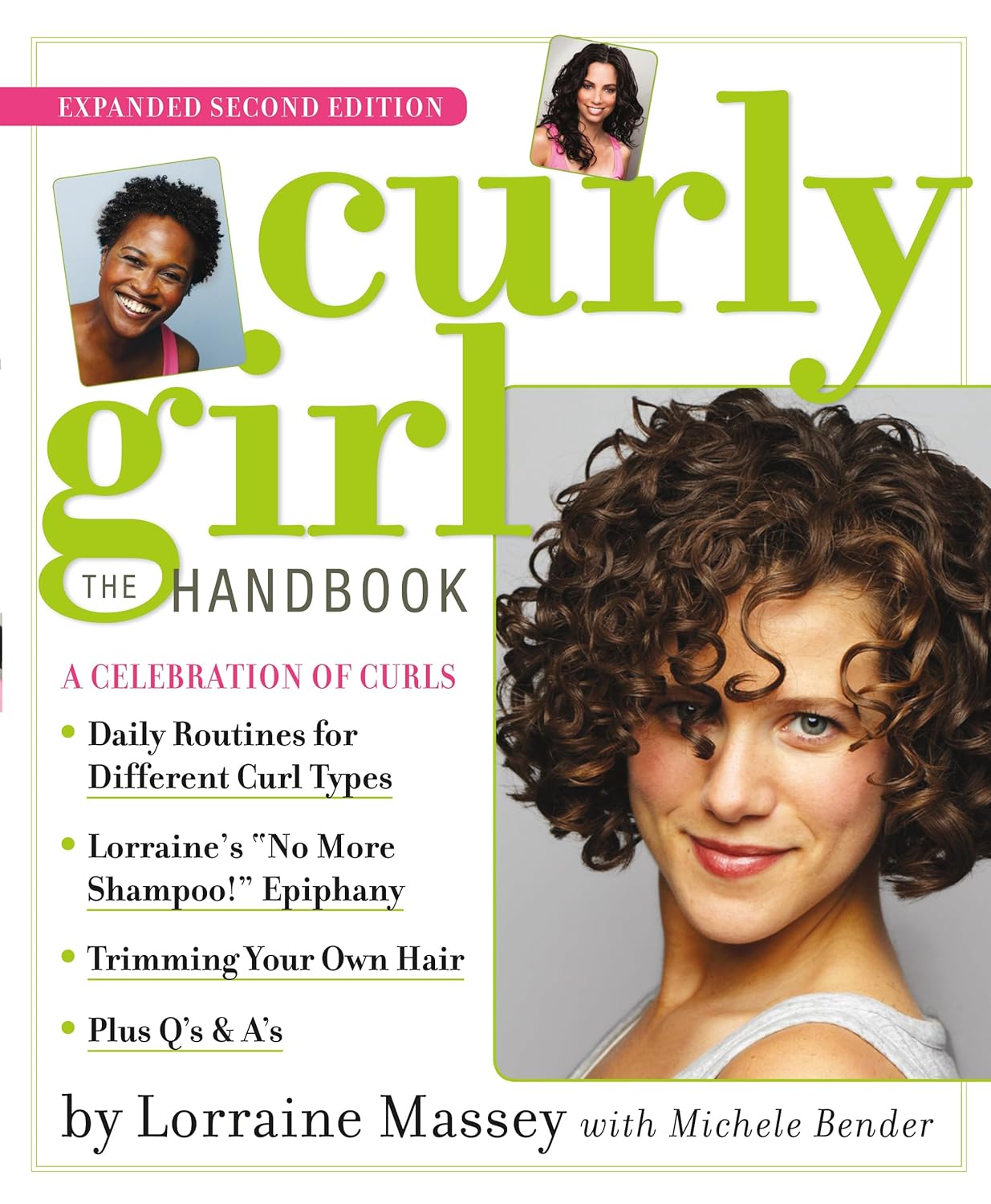
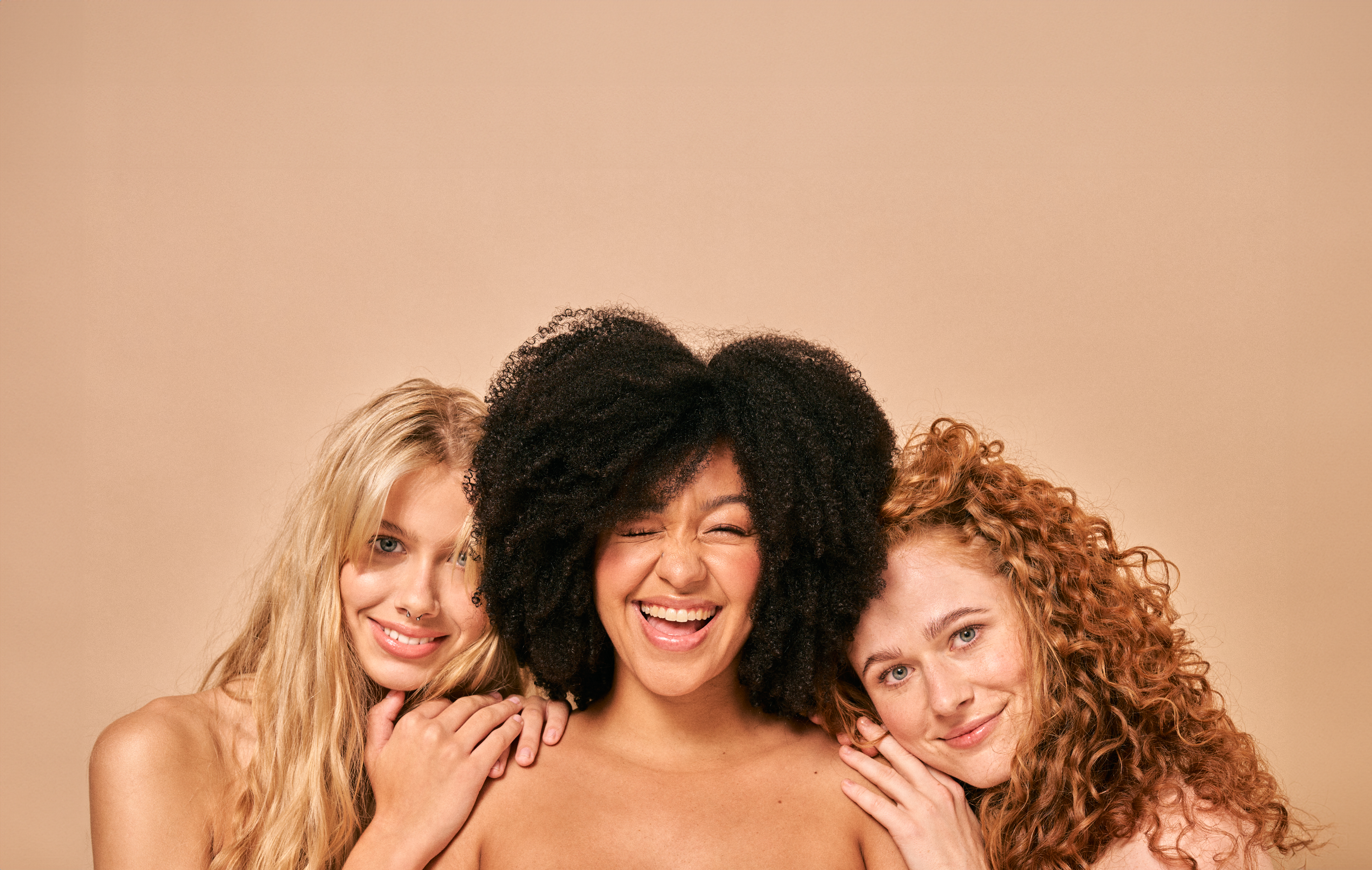
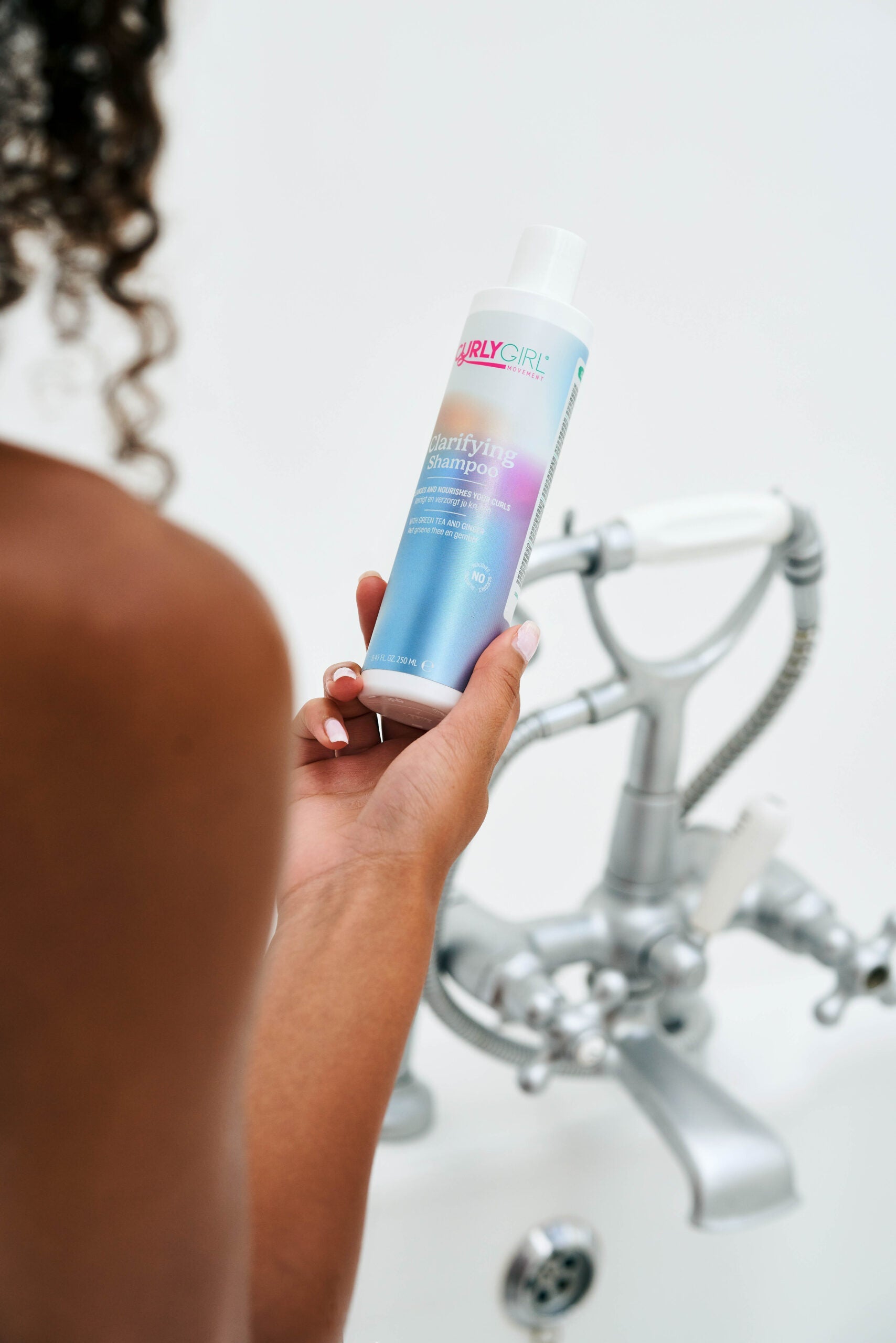
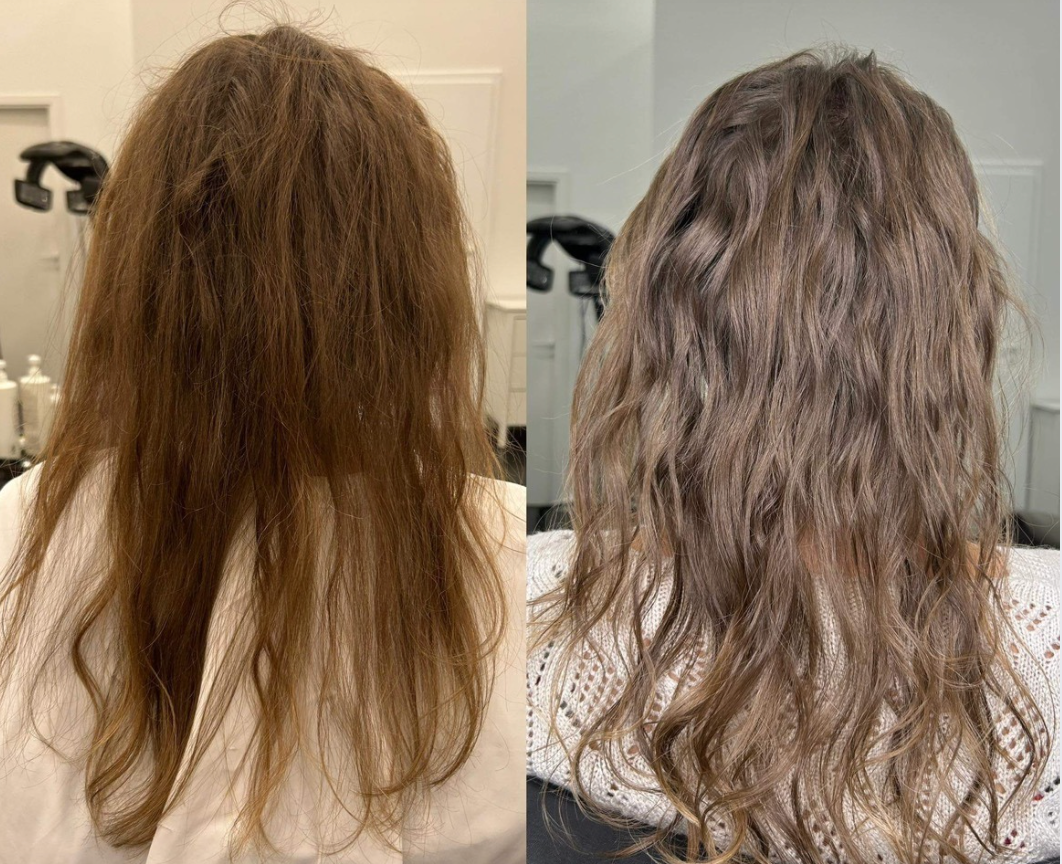
Share:
Hair Growth: What Actually Works and What Doesn’t
Do you actually need to worry about balancing protein and moisture?